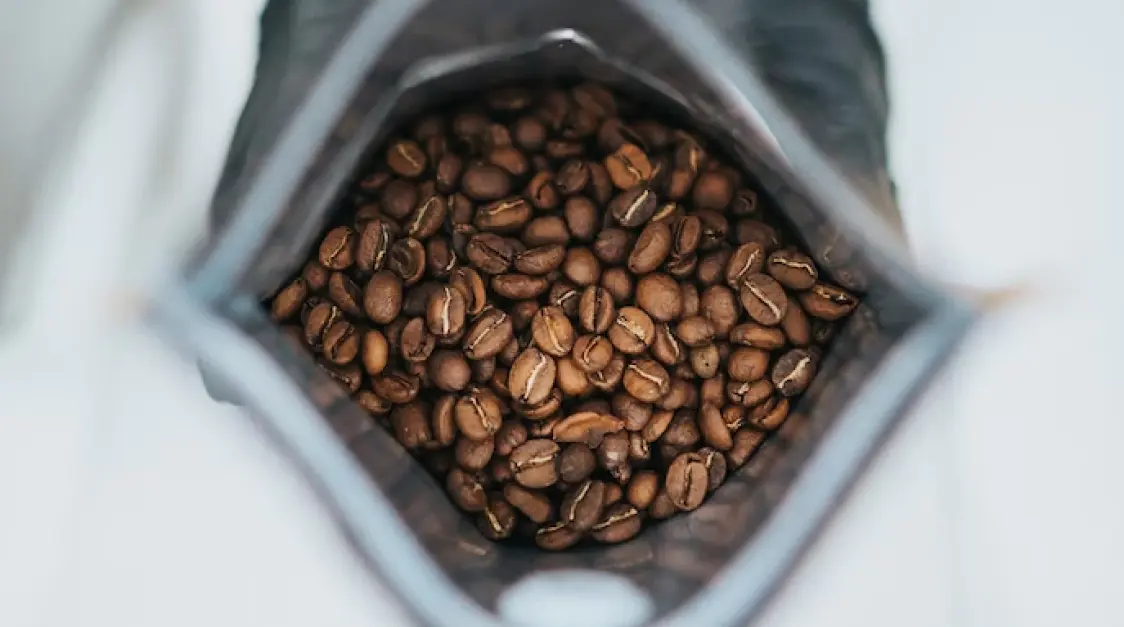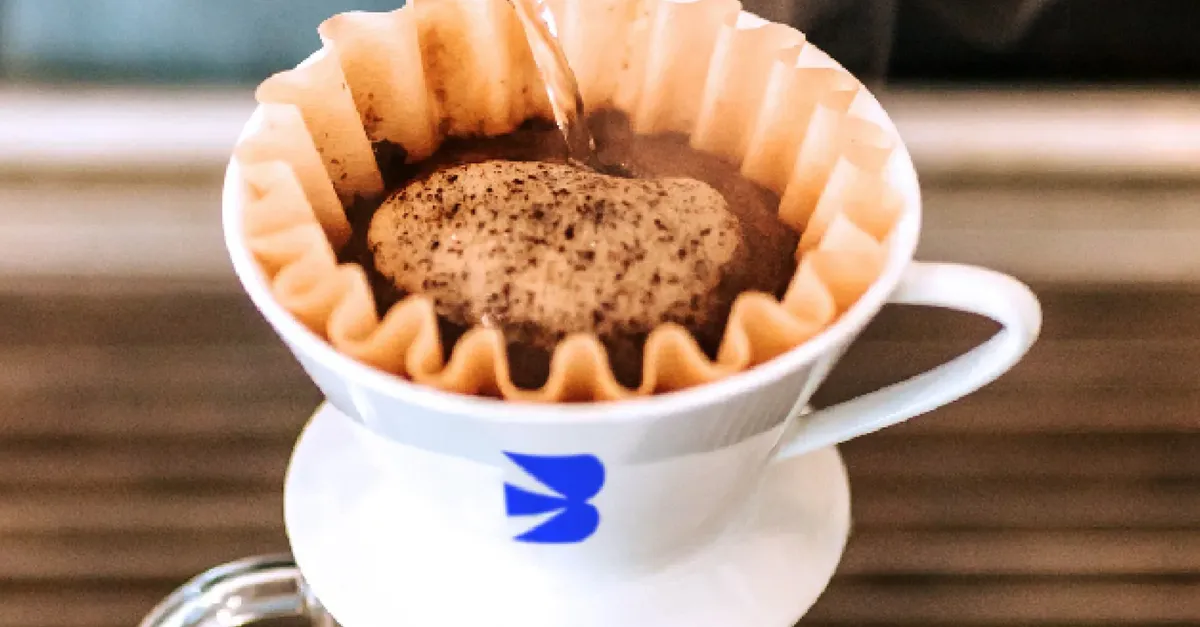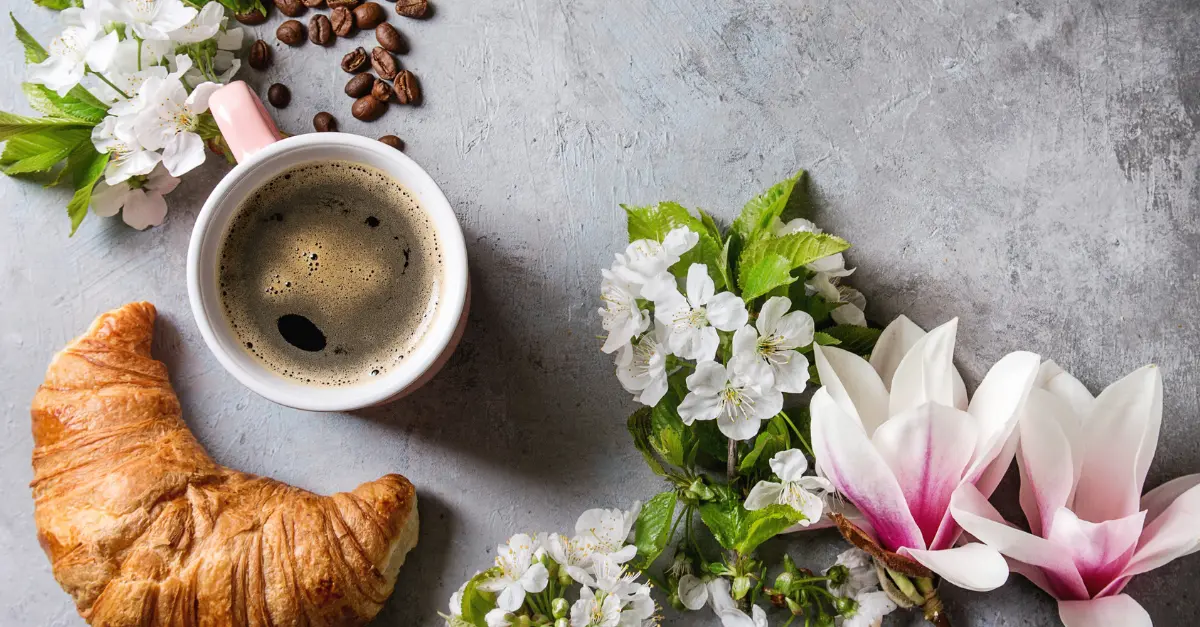Do you want to enjoy a consistently excellent and fresh cup of coffee every morning at home? Knowing how long after roasting the coffee is good can help. Unroasted coffee, AKA green coffee, lasts comfortably for months. After all, the roasting process activates the beans and produces the magical taste, texture, and body we’ve all come to love in our coffees.
Nonetheless, to truly enjoy these complex properties of your coffee, you need to have crucial information – the relationship between roasted coffee and time. Here’s an in-depth guide to answer the ultimate question - how long after the roast date is coffee suitable?
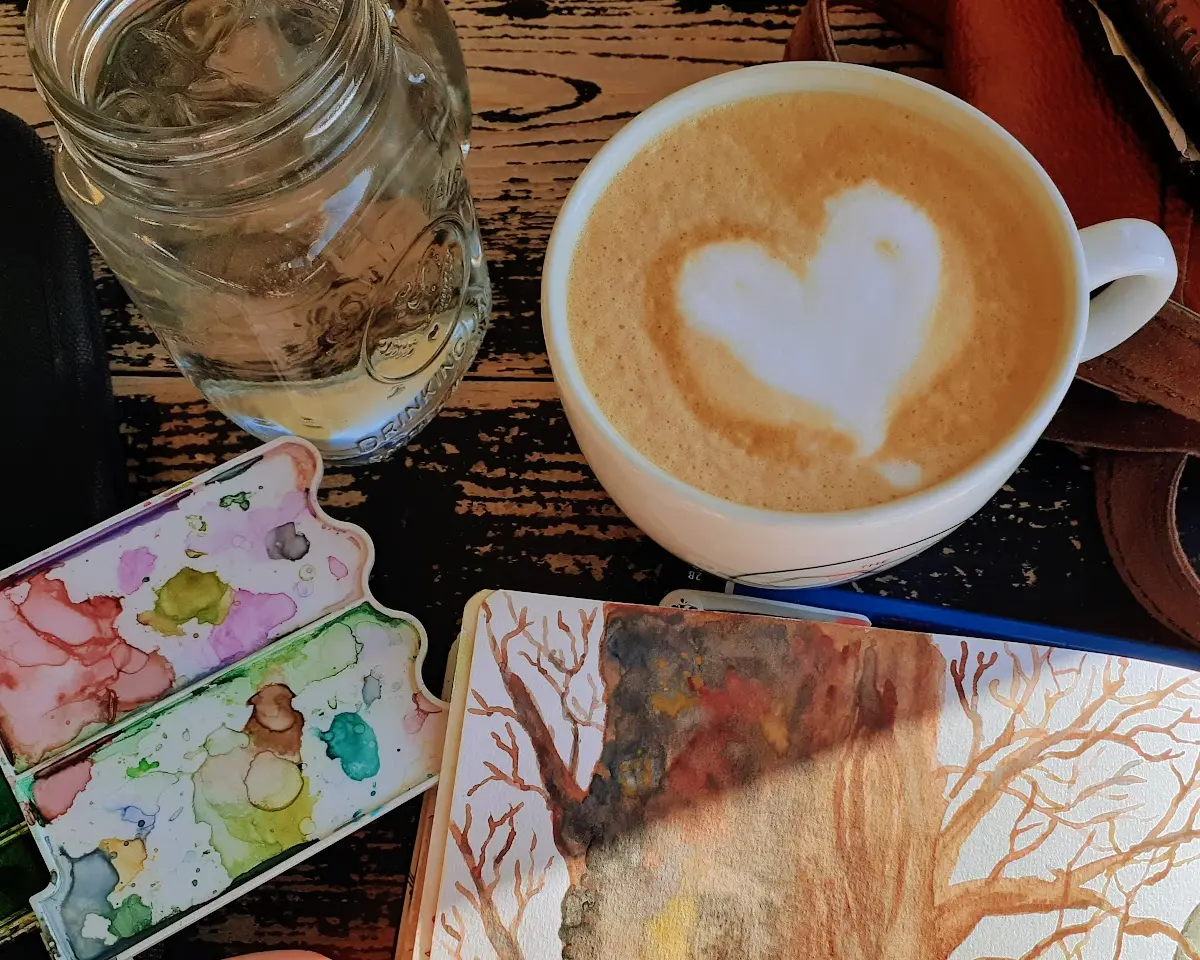
How Long After Roasting Is Coffee Good?
Coffee is good for about 2 to 3 weeks after roasting. The coffee beans will retain peak flavor, aroma, acidity, body, and texture during this time.
To get a peak coffee profile, you have to balance two key factors, i.e. the loss of aromatics and the build-up of carbon dioxide. Typically, this happens within 4 to 18 days after roasting your coffee.
If you invest in store-bought roasted coffee, the roast date label indicates when your coffee was roasted. Equally, if you roast your coffee at home, it’s a good idea to note the roast date. It plays a key role in determining the coffee’s freshness.
After harvest and processing (sun drying), coffee farmers, transporters, and vendors store green coffee beans for months. You can even keep the green coffee beans in porous sacks in this state. After all, at the pre-roasted stage, green coffee hasn’t developed the ready-to-ground and brew body, texture, aroma, and taste – although some people love green coffee.
The roasting process prepares the beans for brewing and enjoying the intoxicating aroma and flavors. Unfortunately, roasting the beans activates their aging process, significantly reducing their longevity. Green coffee features a squishy, cushiony texture with an earthy and grassy taste.
On the other hand, after high-temperature roasting, the beans turn brown and develop a crunchier (like its fried) texture. This happens as the coffee bean loses more moisture during the roasting process. The primary purpose of roasting coffee is to dry it and extract optimal flavor and body. Unfortunately, the process turns on a timer which kick starts a chemical process to pull out the beans’ freshness gradually and flavors if left unused for a long time.
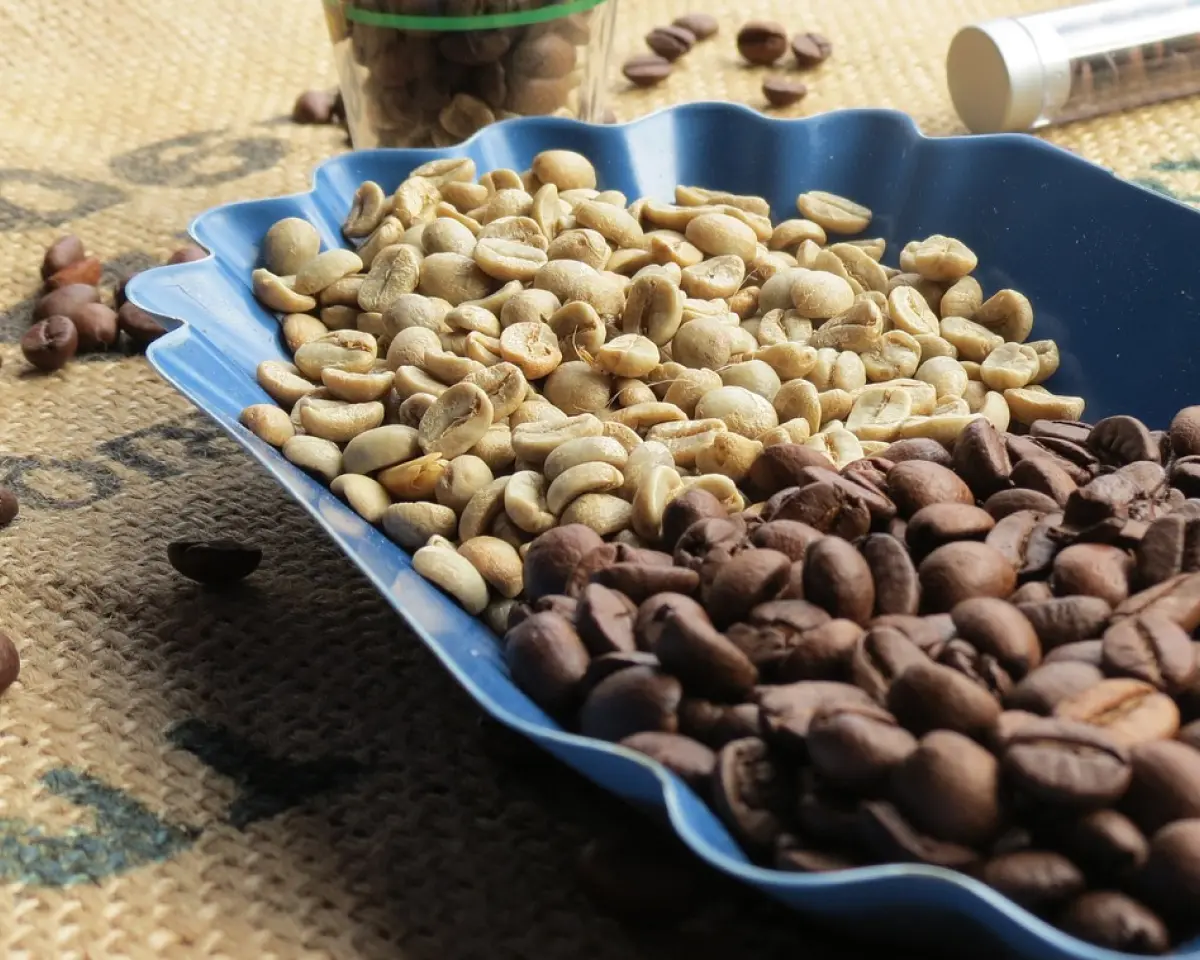
Freshness Vs Usability
Remember, the coffee loses its freshness and stops being suitable for 2 to 3-week period after roasting. But this doesn’t necessarily mean it expires or is deemed unusable. Instead, it simply means you won’t enjoy the freshest cup of coffee with peak flavors, aroma, and acidity.
Nonetheless, after the 2-to-3-week window, you can still find uses for your roasted coffee beyond brewing a hot cup.
Here are some examples of its uses:
- Making cold brew coffee
- Making coffee-flavored ice cream, cakes, and pastries
- Used on some manual pour-over coffee brewing techniques
- DIYing activities – for example, using the coffee as a natural air freshener at home or in the car, replacing scent diffusers.
Note: Most coffee shops will use these weeks to month-old bags of roasted coffee to make some of their drinks – cold brew coffee. In most cases, the coffee is stored in cool, dry, and dark places for no more than 6 months to preserve it and prevent damage.
While coffee is usable beyond the 2-to-3-week window, always make it a point to examine it before using it. Ensure you don’t notice any mould build-up or an unpleasant aroma from the beans. This is because the coffee would’ve gone bad.
Consuming coffee with mould or any foul smells will be dangerous. Store the coffee in the right conditions to mitigate the risks of mould build-up or to rot. Keep it in a cool, dry, and dark place at room or slightly lower temperature.

Why Does Coffee Degrade Over Time After Roasting?
The main reason why coffee degrades over time after roasting is oxidation. Roasting the beans opens them up to oxidation as it becomes susceptible to environmental factors. These include oxygen, extreme temperature (especially heat), light, moisture, and even external aromas (roasted coffee is pretty porous).
While you can reduce these factors’ intensities, eliminating them is virtually impossible. This explains why freshly roasted coffee beans maintain peak freshness for 2 to 3 weeks only.
Why Roast Level Determines Longevity
The degree of roasting (roast colour) does impact the coffee’s degradation (degassing or staling) speed due to the combustion levels. This is an essential piece of info if you plan on roasting your coffee. Commercially available coffee comes already rested.
Generally, dark roast coffee tends to degrade faster than lighter roasts. Typically, roasting coffee to a dark colour will take longer than roasting it and leaving it at a lighter colour. The longer you roast coffee, the shorter its freshness period becomes. To prolong the coffee’s lifespan, you want to rest/degas your coffee after roasting. But, resting time varies depending on the roast colour. The resting/degassing process allows your coffee to develop its full flavour profile while losing the unpleasant combustion taste. Therefore, you should expect to rest light roasts slightly longer than dark roasts. You should rest your coffee anywhere between a day and 3 days. It makes sense to rest your light roasts for up to 3 days.
The dark roast has been almost sufficiently combusted and lost some of the gasses during the process. So, it needs less time to let go of the small amounts remaining which is enough time to ensure all the excess CO2 gas escapes but not all of it. Remember, the CO2, along with other volatile gasses in the beans, contribute to developing its complex flavour and aroma profile.
The combustion during roasting makes the beans release carbon dioxide gas (as a result of breaking complex carbohydrates in the bean). When you grind your coffee, this gas is released and the same happens during the brewing process when in contact with water.
Now, if you don’t allow your freshly roasted beans to degas, you will end up with more CO2 gas being released during the brewing process. The bubbles from the gas prevent the water from fusing with coffee. This results in the failure to extract the entire bean’s flavor and produce a good cup of coffee.
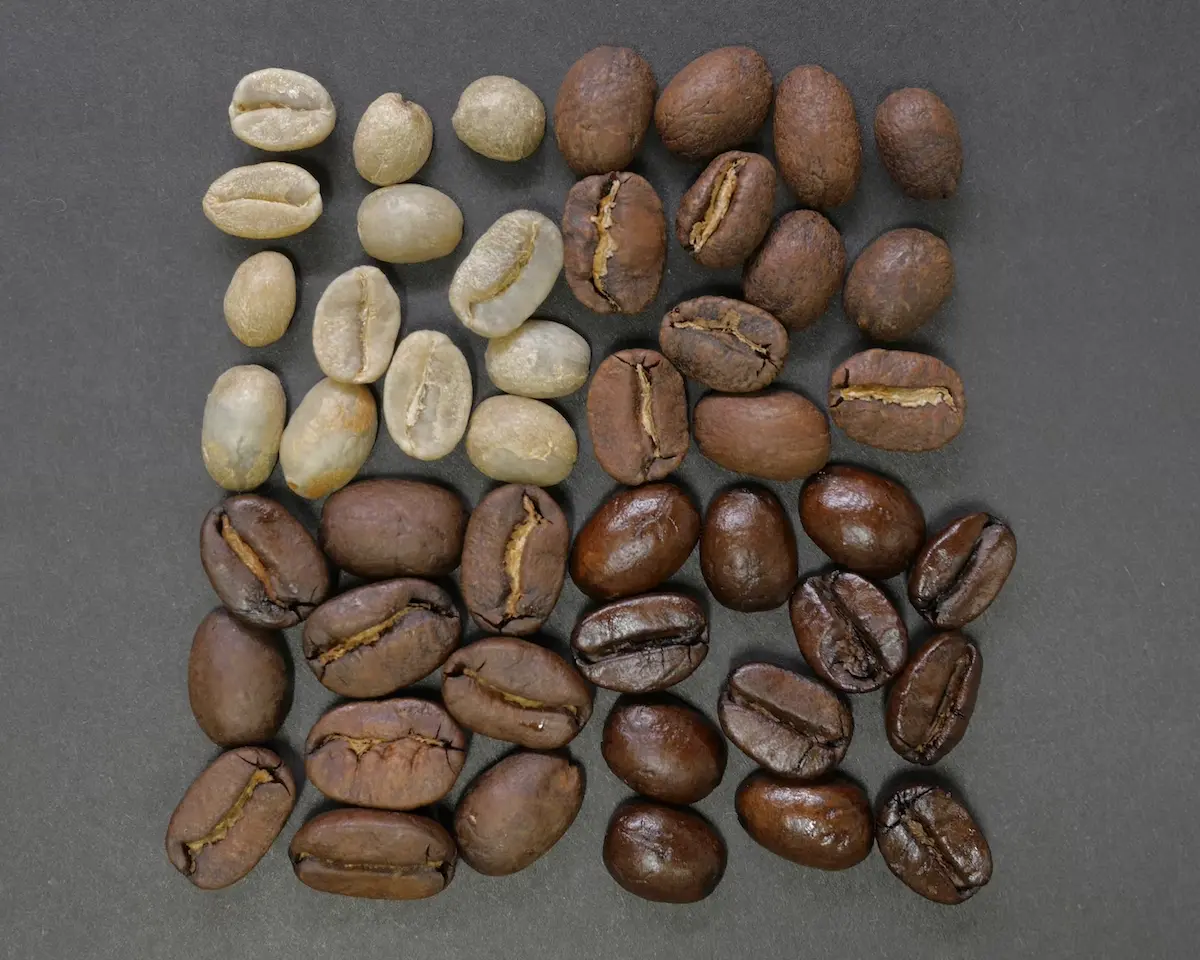
How To Prolong The Longevity of Roasted Coffee
There is not much you can do to circumvent the 2-to-3-week period where freshly roasted coffee stays good. However, you must maintain certain standards to ensure the coffee stays fresh during this period. Storing it just anywhere diminishes this small window even further.
Keep coffee away from key damaging factors to maintain its freshness, flavour, and aroma profile. These include oxygen, extreme temperatures (especially heat or very low temperatures), light, moisture, and other aromatic foods.
Light and oxygen continue to oxidize the beans, so it continues to lose flavour and aromas. On the other hand, moisture creates the perfect environment for microbial attacks, which cause mould build-up and rotting. Coffee is also pretty porous.
So, placing it near aromatic items such as garlic allows it to pick up the smells. You certainly don’t want your coffee smelling or tasting like garlic! Ideally, store roasted coffee beans in an airtight or vacuum-sealed opaque container. If you use a see-through container, keep it in a cool, dark place, like your kitchen cabinets,

Roasted Coffee Faux-Pas
Never store roasted coffee in the fridge or freezer: For one, it can easily pick up smells from other foods, like fish. The extremely low temperature rehydrates (due to condensation, causing moisture build-up) the coffee while causing it to lose its flavour profile significantly.
